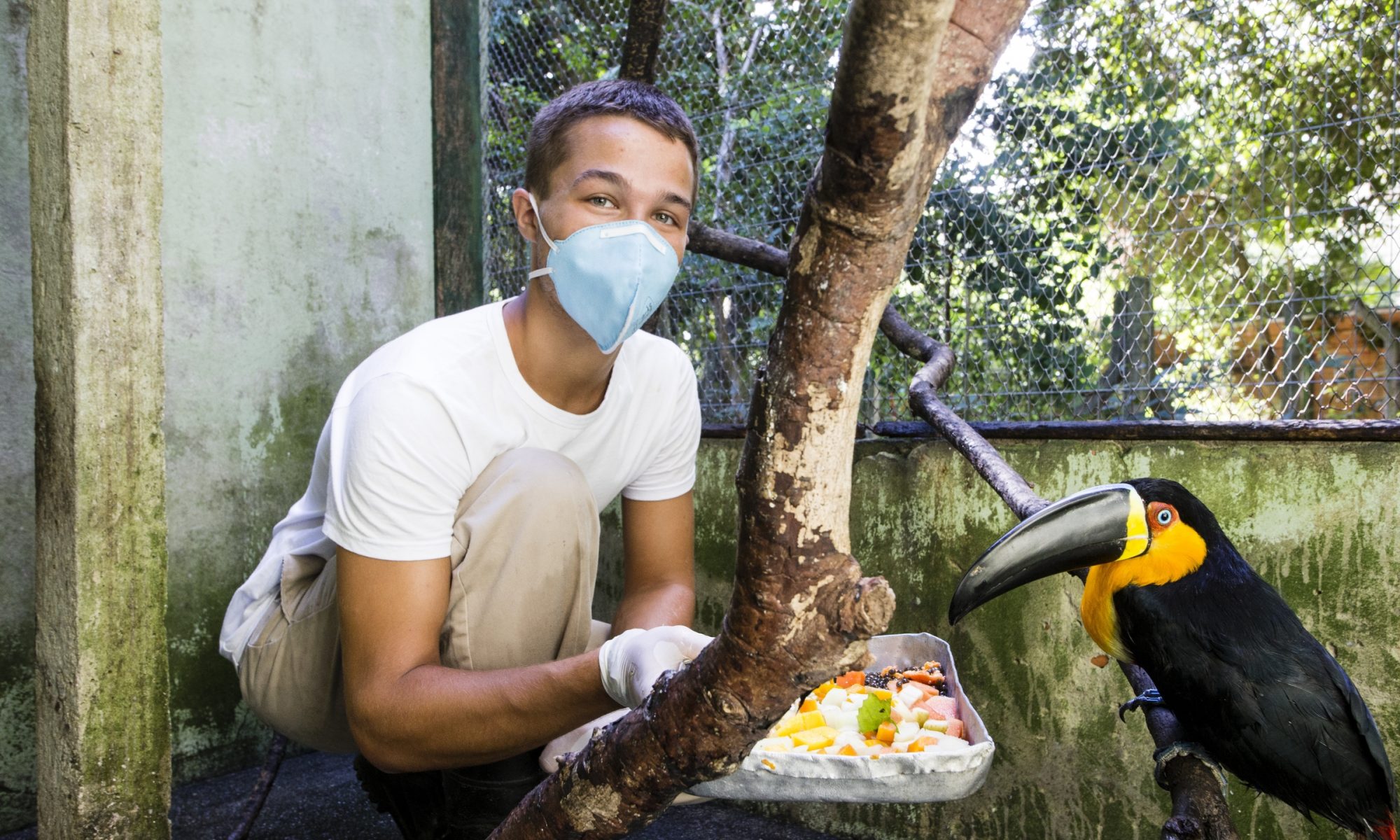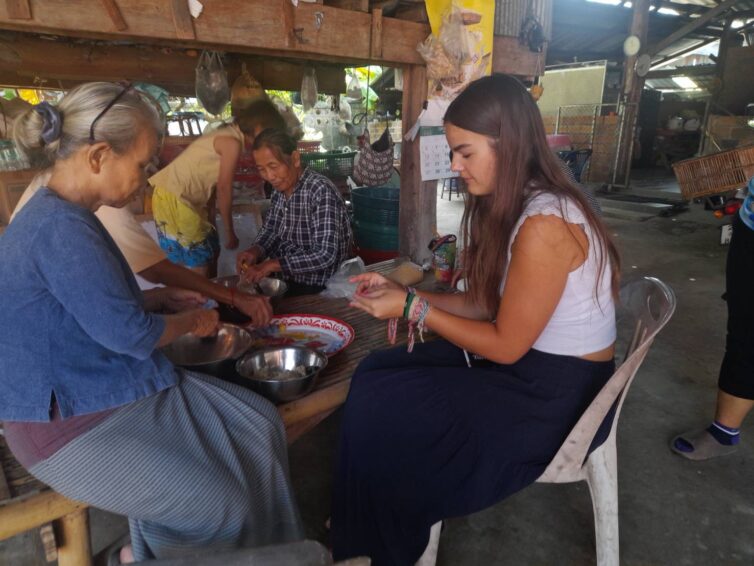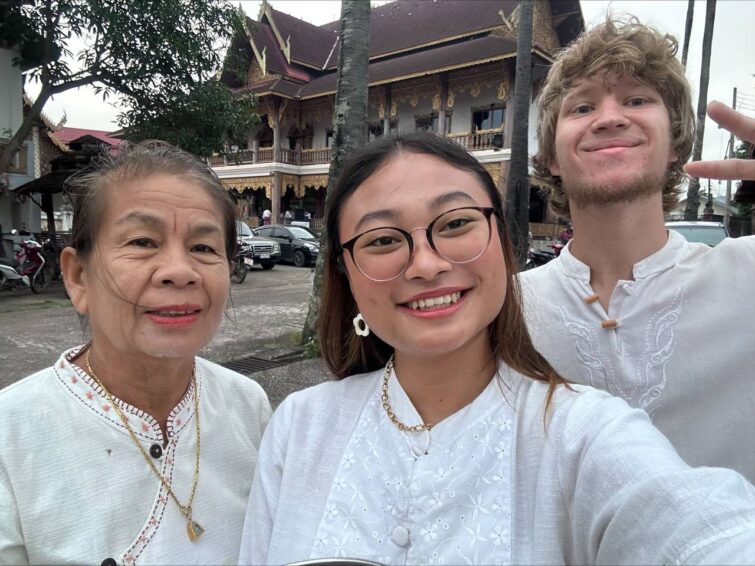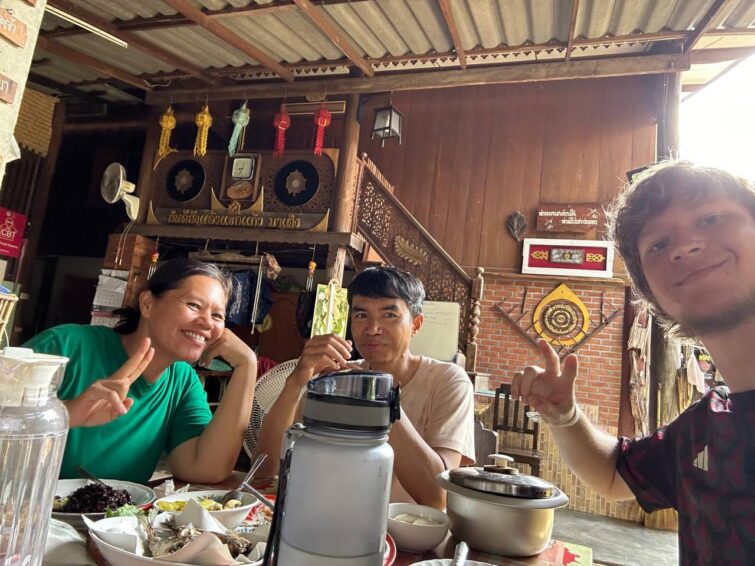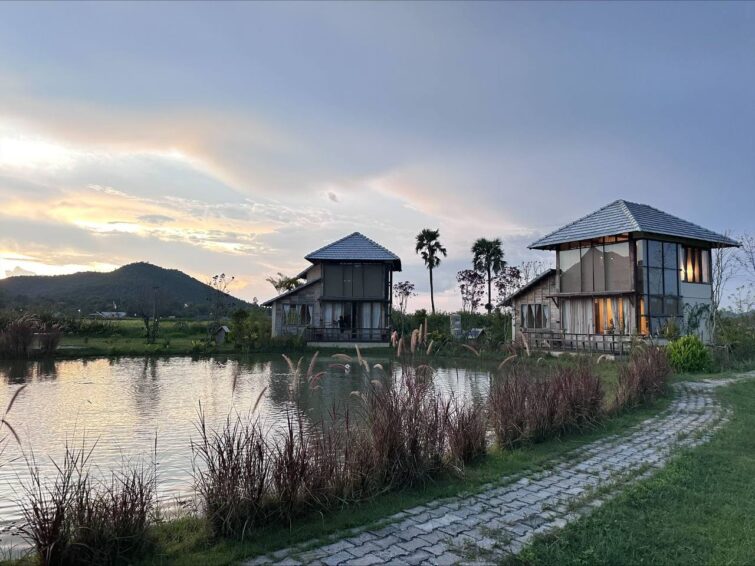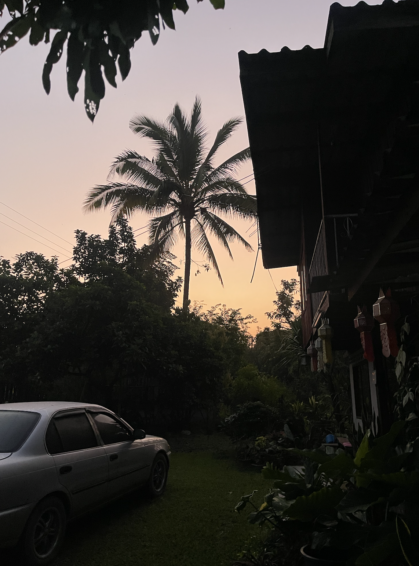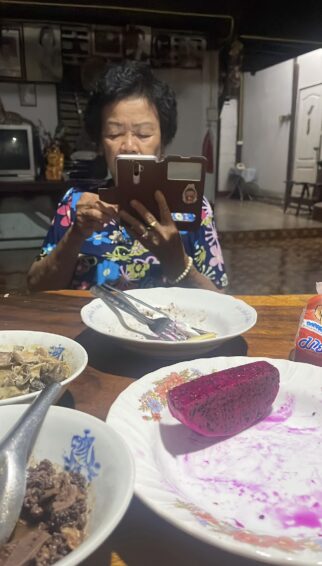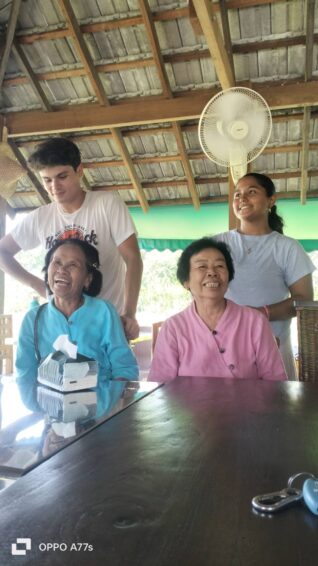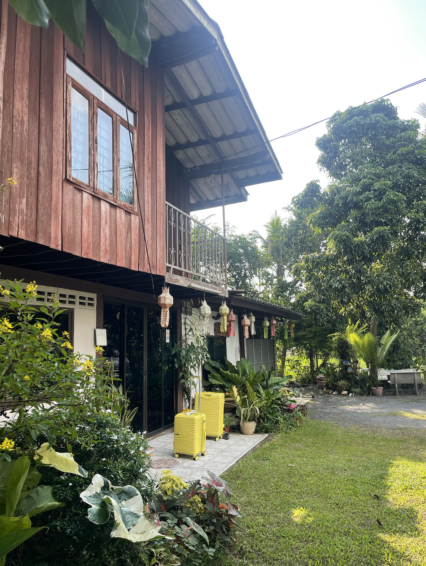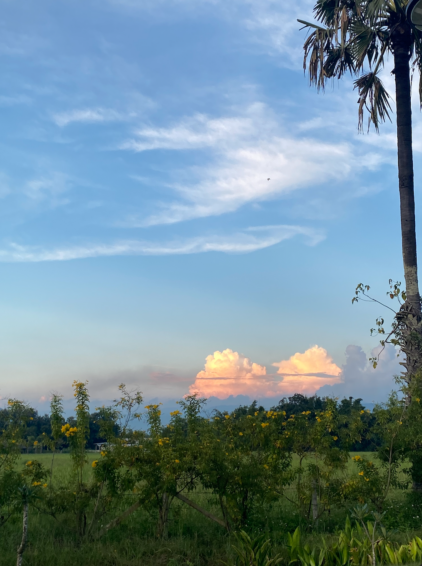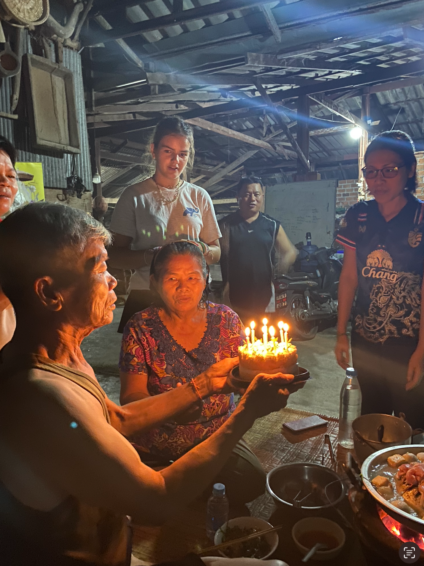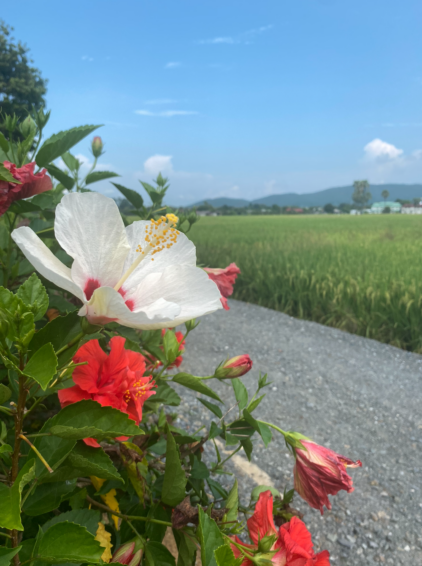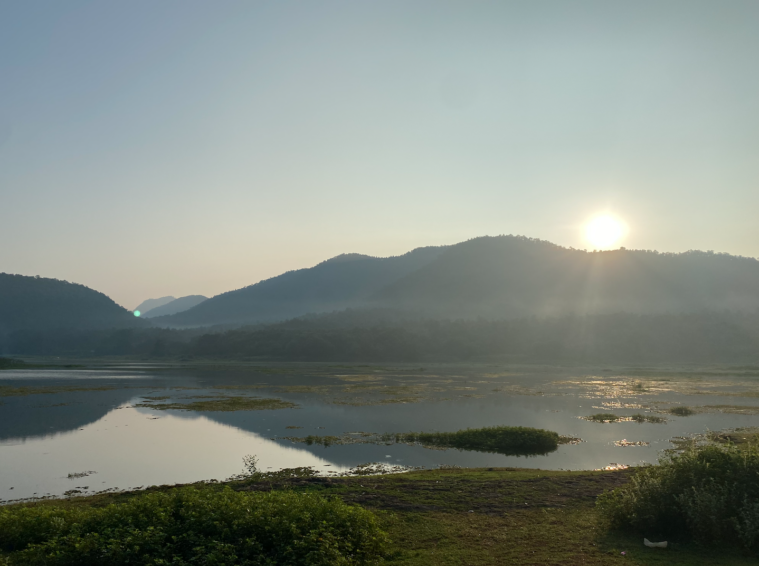by Vorleak
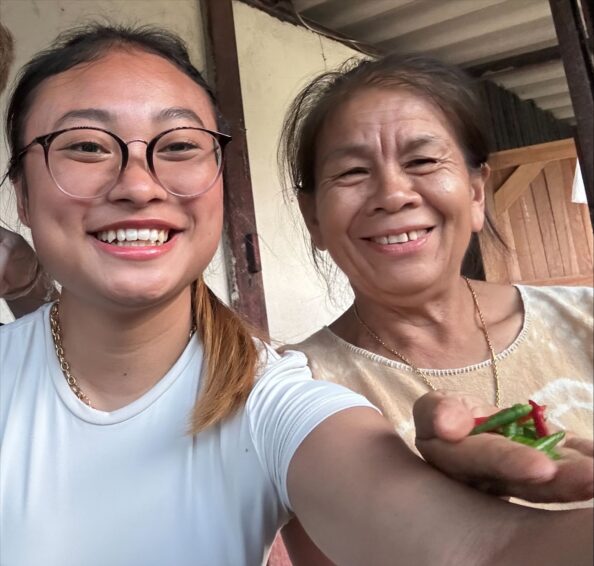

Dear Past Vorleak,
Do you remember the day you received your acceptance letter for the Civic Semester? The excitement that coursed through you when you read the words “homestay in a village in Chiang Mai, Thailand”? You probably had a million thoughts running through your head—what will the village look like? Who will your host family be? Will it be the kind of experience you’ve dreamed of?
I want you to picture this as you read: The sun rises over the mountains right across my house, painting the sky in soft pinks and oranges. By 7 a.m., I’m already awake (a once in a blue moon occurrence) greeted by barks of stray dogs and motorcycles passing by. My host mom is always in the kitchen by then, preparing breakfast, and I join her. Together, we chop vegetables and crack eggs, making the infamous Pad Thai. We chat about the day ahead with some help from Google Translate as the morning light streams through the kitchen window, and even though her English is limited and my Thai is far from perfect, our shared laughter fills any gaps.
By the time I return home from Harmony after a full day of classes and activities with the cohort, the sky has begun to fade into evening. My host dad is sitting on the porch, waving me in with a smile as he is crafting a bamboo bed for us to take naps on at Harmony. Dinner is always a feast, not just of food, but of warmth. My host mom prepares the most delicious meals; Mushroom larb, Tom Yum Kung, and homegrown cabbages; and each bite is made with love. As we sit down to eat, the conversation flows easily. We talk about everything, from her favorite dishes to the history of her family. I’ve learned that her favorite color is yellow, and that she has a deep love for traditional Thai dances as she herself used to be a talented dancer in the village. She tells me stories about growing up in the village, stories that I could listen to for hours. There’s something so intimate about these conversations; something that makes me feel like I’m not just a guest in their home, but a part of their story.
So, here’s to you, Past me. Your anticipation, your hopes; they were well placed. It’s all been exactly as you imagined when you first read that letter of acceptance, but what you couldn’t have known is how deeply this place would resonate with you, how much you would feel a part of it. I’m proud of you for taking that leap, for trusting in the journey, and for opening your heart to all the beauty that awaited you here.
With love,
Vorleak
Originally posted here.
